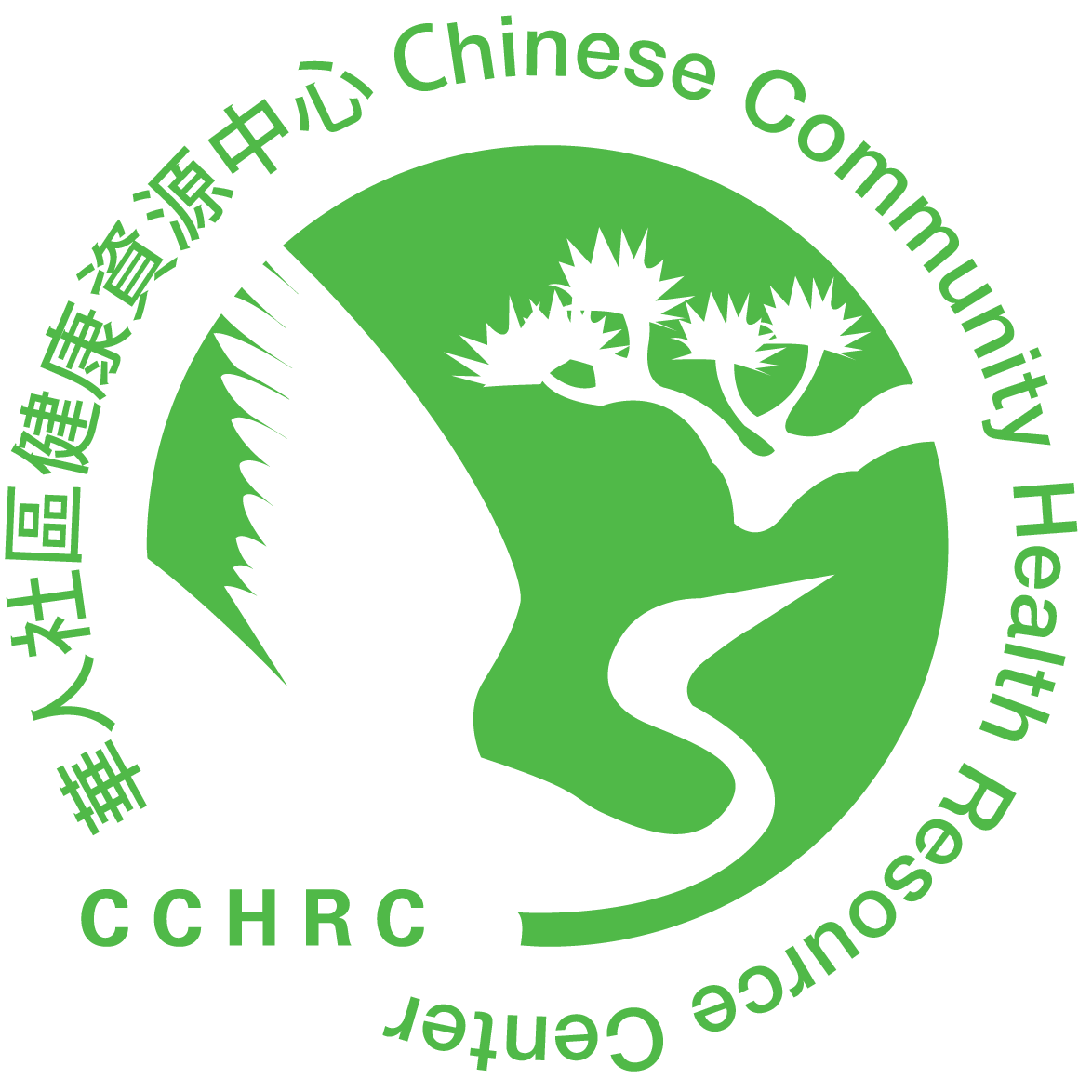Arthritis is a disease that causes inflammation (redness and swelling) of the joints and the tissues that connect them. It can result in chronic pain and loss of movement. Arthritis affects people of all ages and not just the elderly. If not properly treated, arthritis can lead to permanent disability in some people. There are more than 100 types of arthritis. The most common form is Osteoarthritis or OA.
I. What is Osteoarthritis?
Osteoarthritis, also known as degenerative arthritis, involves the breakdown of cartilage in joints. A joint is the point at which two bones meet. The ends of the bones are covered by cartilage, which prevents the bones from rubbing together. In OA, the cartilage wears away, causing surfaces of the bones to become irregular and rough. Bone spurs may form around the joints. Without the normal smooth cushioning materials, movement of the joint becomes difficult and painful. OA affects mainly the weight bearing joints such as the lower back, hips and knees. It can also affect the neck and fingers.
II. Who Gets Osteoarthritis?
People may develop OA by age 40 but not experience any symptoms until later in life. Before age 45, OA affects mainly men. After age 45, OA is more common in women. By age 65, over 50% of the population will show some signs of OA.
III. What Causes Osteoarthritis?
- Aging
- Repetitive use of the joint
- Repeated trauma or injury of the joint
- Obesity
- Heredity
- Hormone disturbance
IV. Symptoms of Osteoarthritis
Symptoms usually come on slowly and may come and go.
- Stiffness in the morning or after long period of inactivity.
- Pain or soreness upon movement of a joint.
- Creaking or grating sound in the joint.
- Occasional swelling around the joint.
- Bony enlargement of the finger joints.
V. Diagnosis of Osteoarthritis
A medical history, physical examination, X-ray, MRI, and joint fluid analysis all help the doctor in diagnosing OA.
VI. Prevention of Osteoarthritis
- Control weight to reduce stress on joints.
- Avoid over-using joints.
- Do warm-up exercises before strenuous activity to minimize injury.
- Daily moderate exercise to strengthen weakened muscle and maintain joint mobility. Swimming, water exercise, stationary cycling, Tai Chi, and walking are good exercises with minimal impact to the joints.
- Wear comfortable, well-cushioned shoes or use shoe inserts or braces.
VII. Treatment for Osteoarthritis
There is no specific treatment that could stop cartilage degeneration or restore damaged cartilage. However, there are effective treatment plans which can help to manage pain and improve joint function.
1) Exercise and Rest
Exercise helps to strengthen the muscles around the joints, increases flexibility, and helps with weight reduction. Decrease the intensity and/or frequency of the activities that consistently cause joint pain. Low impact exercises such as swimming or walking are particularly suitable for people with OA. Consult your doctor or physical therapist for a list of appropriate exercises and activities.
2) Heat and Ice
A warm bath or shower, warm compresses or a heat lamp can ease stiffness and relieve pain. Application of ice (wrapped in a towel) or cold packs after exercises can reduce pain and inflammation. Heat or cold application should not be applied for longer than 20 minutes.
3) Weight Reduction
Lose excess weight by eating fewer calories and increasing your physical activity. Consult your doctor or dietician for a weight reduction diet.
4) Medications
- Topical anti-inflammatory or deep-heat creams
- Oral medications
-
-
- Acetaminophen
- Aspirin
- Nonsteroidal anti-inflammatory drugs or NSAIDS
- Cox-2 inhibitors (A type of NSAIDS with less stomach irritation and gastro-intestinal side effects. However, there is an increased risk of a heart attack. Ask your doctor for his/her recommendation.)
-
5) Injections
- Cortisone injection into the inflamed joint to reduce inflammation and decrease pain. Corticosteroids can be harmful to bones and tissues and should not be given more than twice a year.
- Hyaluronic acid injection for treatment of OA in the knee. Hyaluronic acid is a substance found naturally in the joint fluid and acts as lubricant to ease joint pain.
6) Surgery
Several surgical procedures are available to remove loose bone fragments, smooth roughened cartilage, reposition bones, or permanently fuse bones. Joint replacement surgery can restore joint function and eliminate pain by removing the damaged joint and replacing it with an artificial joint made from plastic or metal. Most common and successful joint replacements are of the hips and knees.
7) Dietary Supplements
The use of the food supplements – glucosamine, chondroitin, and fish oil – to treat arthritis pain has gained popularity in recent years. Keep in mind that these products are not regulated by the Food and Drug Administration (FDA). Patients may wish to consult their physicians concerning their use.
Although there is no cure for OA at this time, new treatments are underway everyday to provide relief for many OA sufferers. For more information about OA, contact the Arthritis Foundation at 1-800-283-7800 or visit their web site at www.arthritis.org.
Copyright © 2000-2020 Chinese Community Health Resource Center
If you would like a copy of this health article, please click on the PDF button in the language you prefer. To view the PDF document, you’ll need Adobe Acrobat, which you can download here.
Bilingual:



